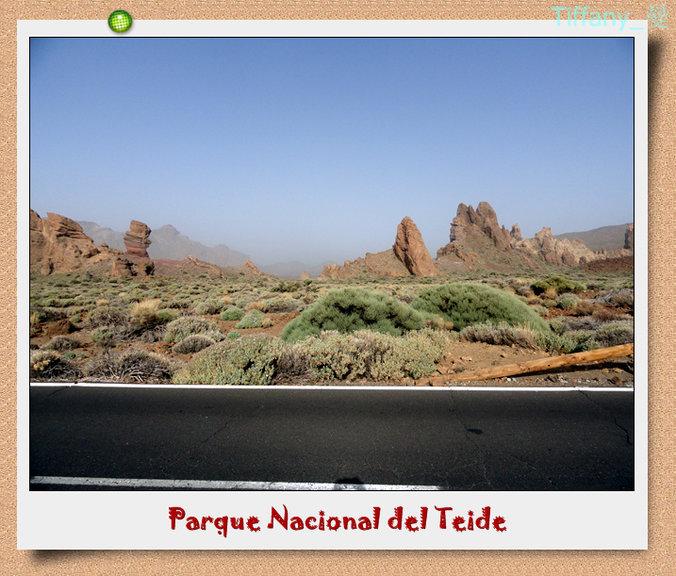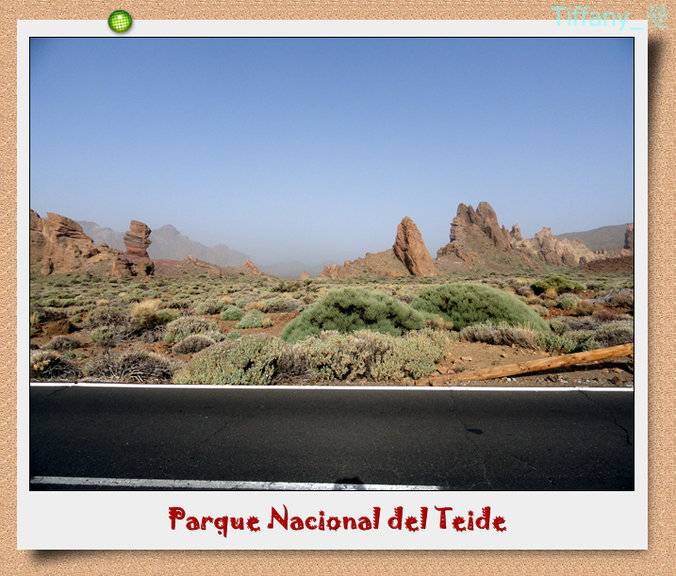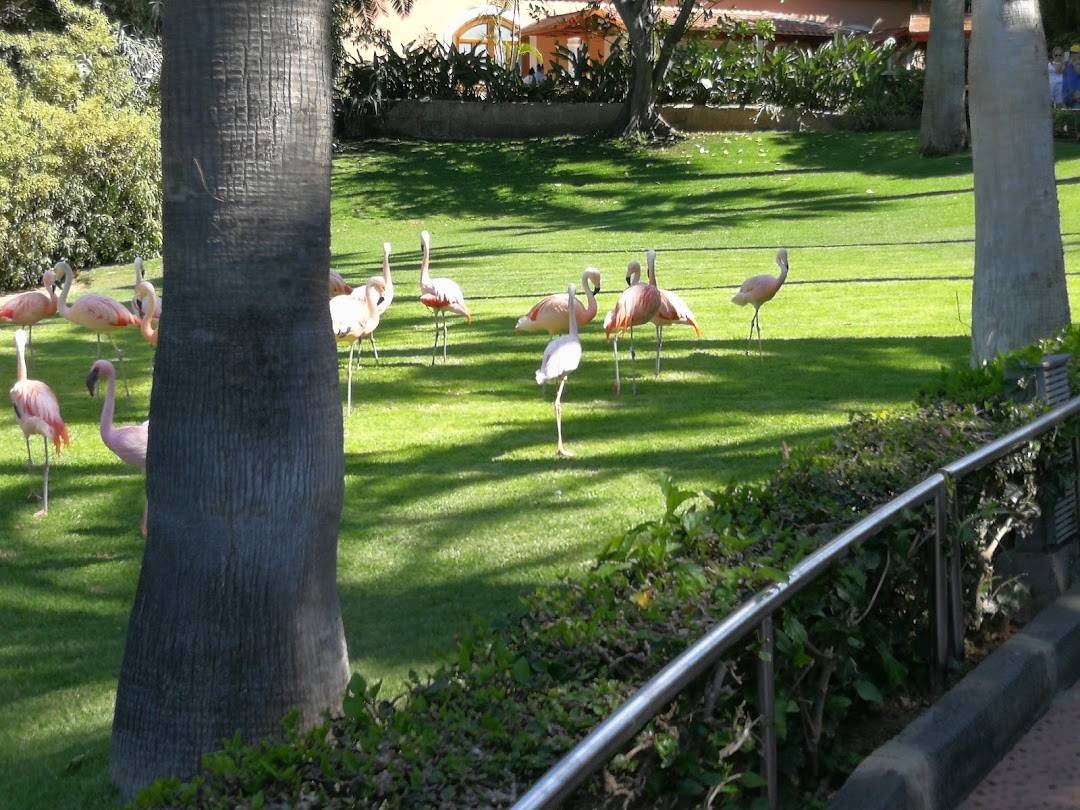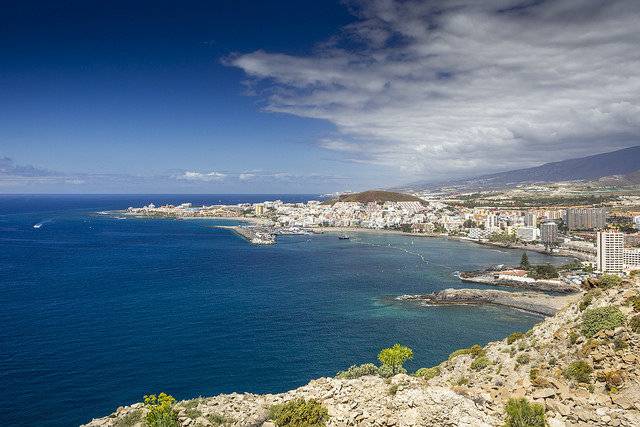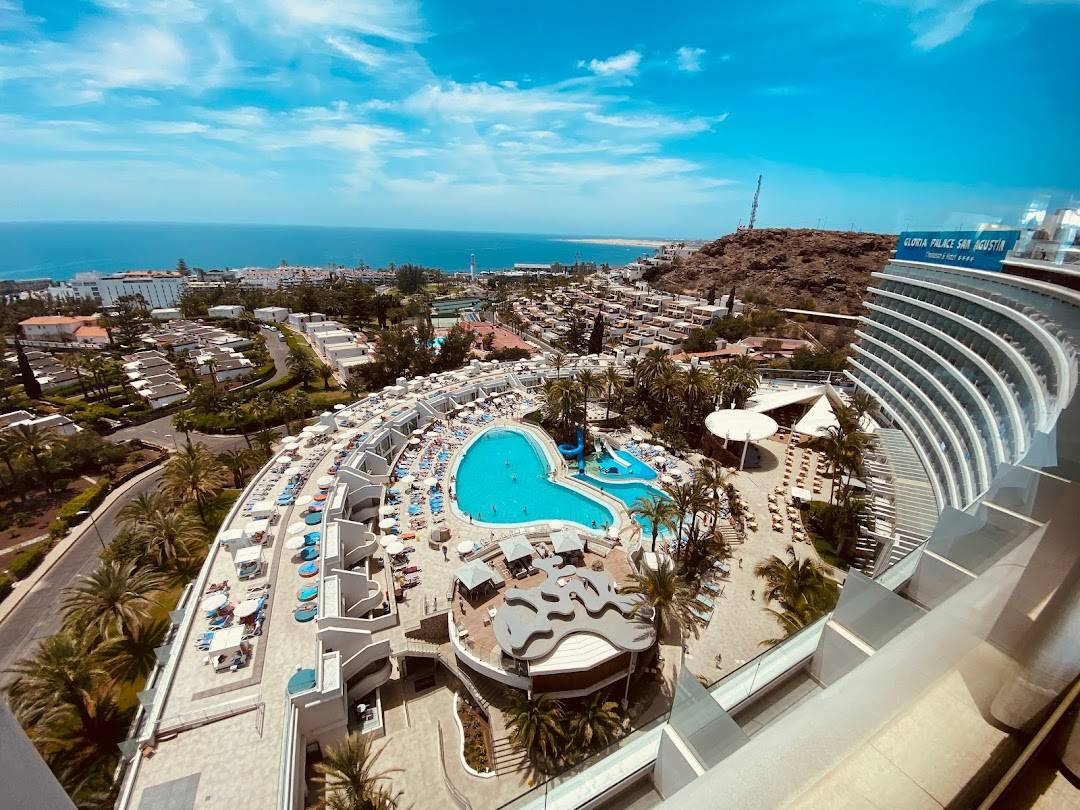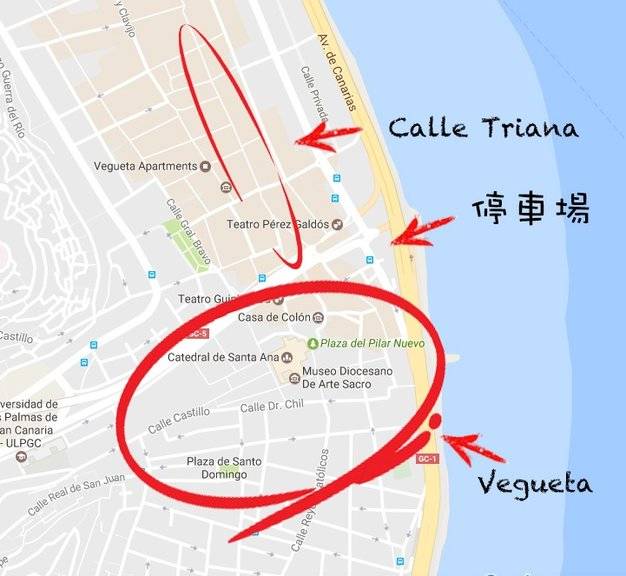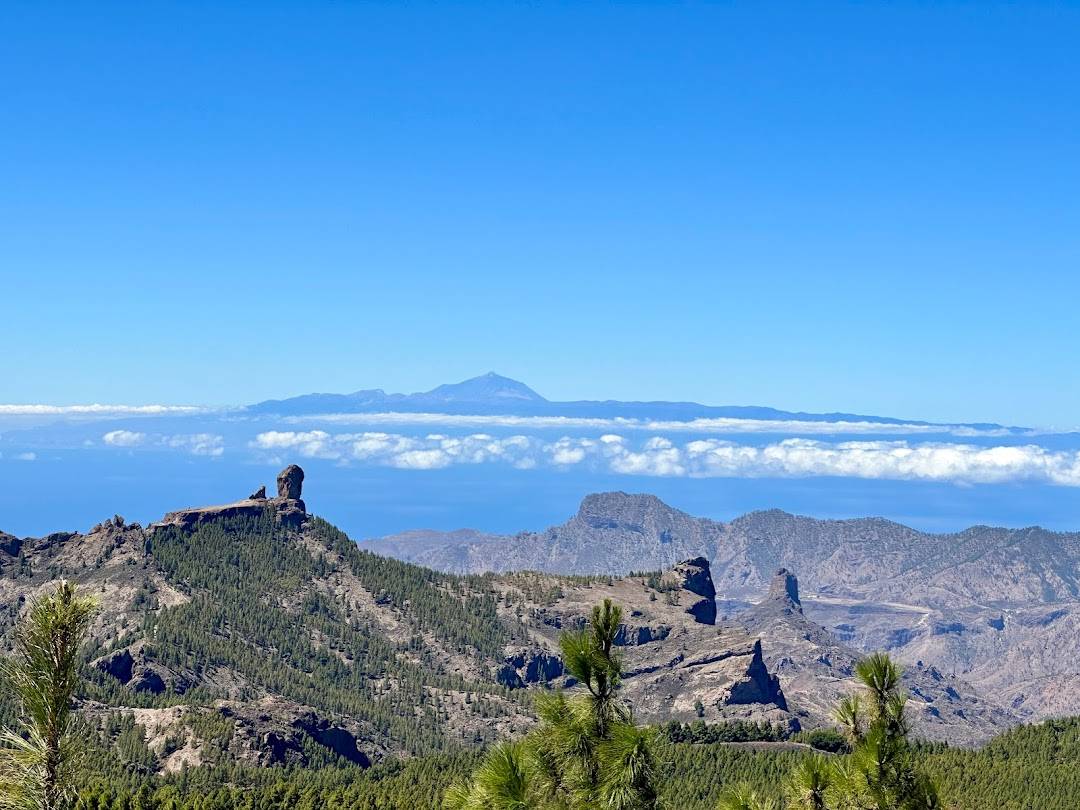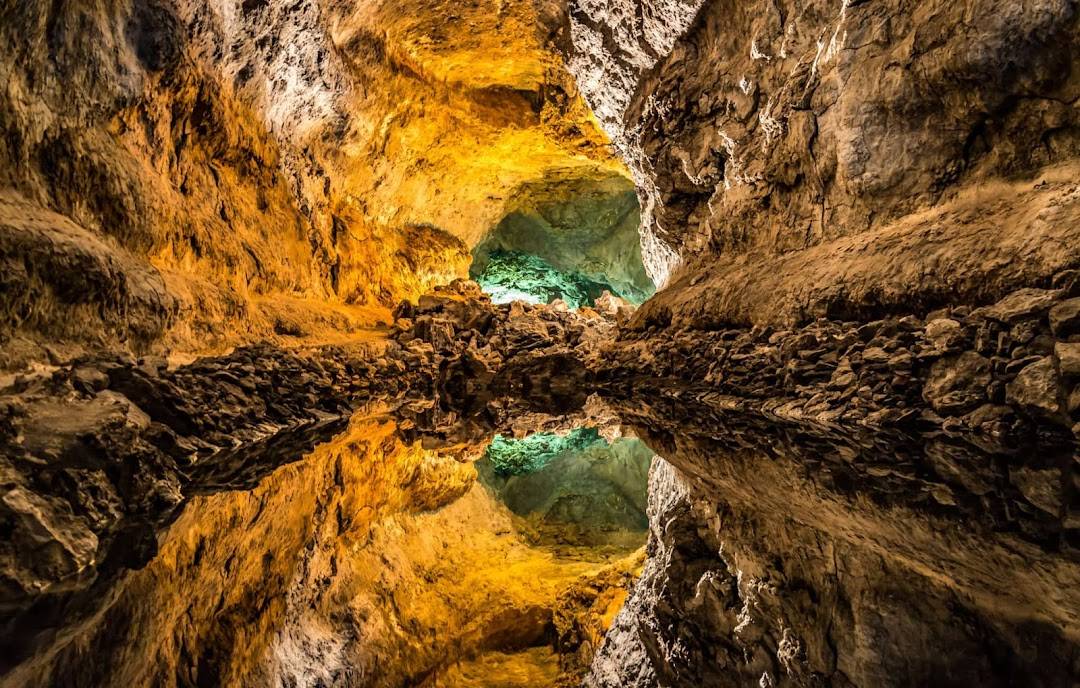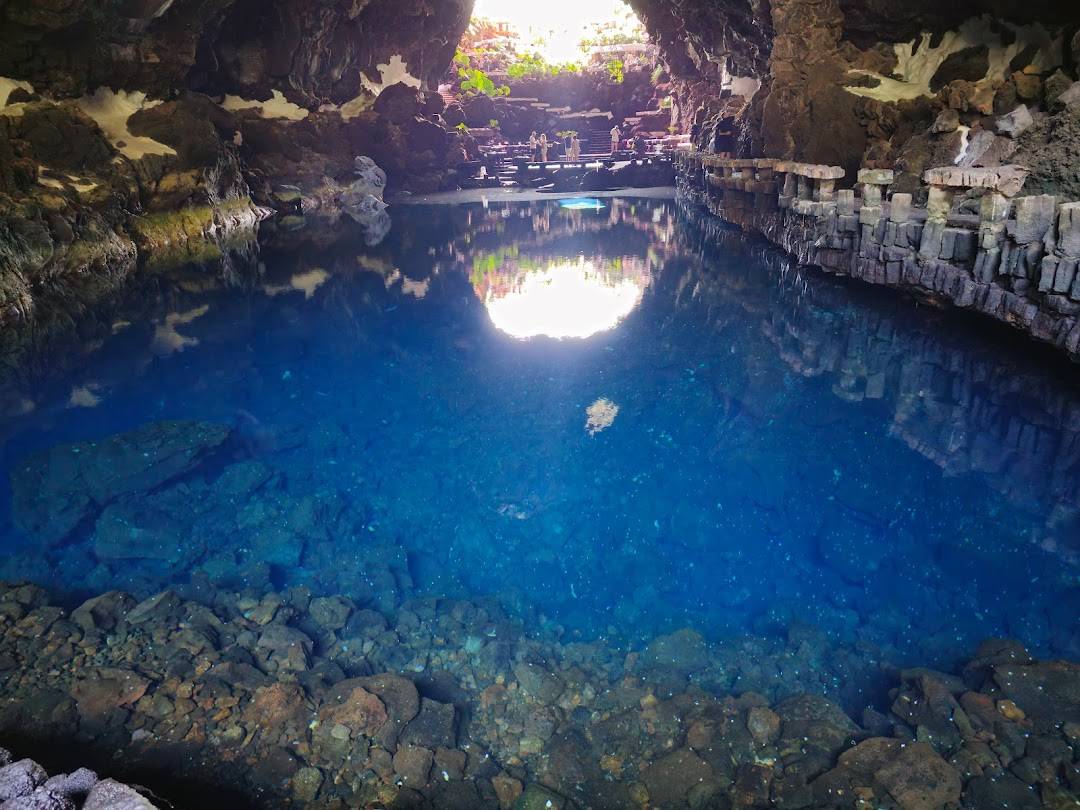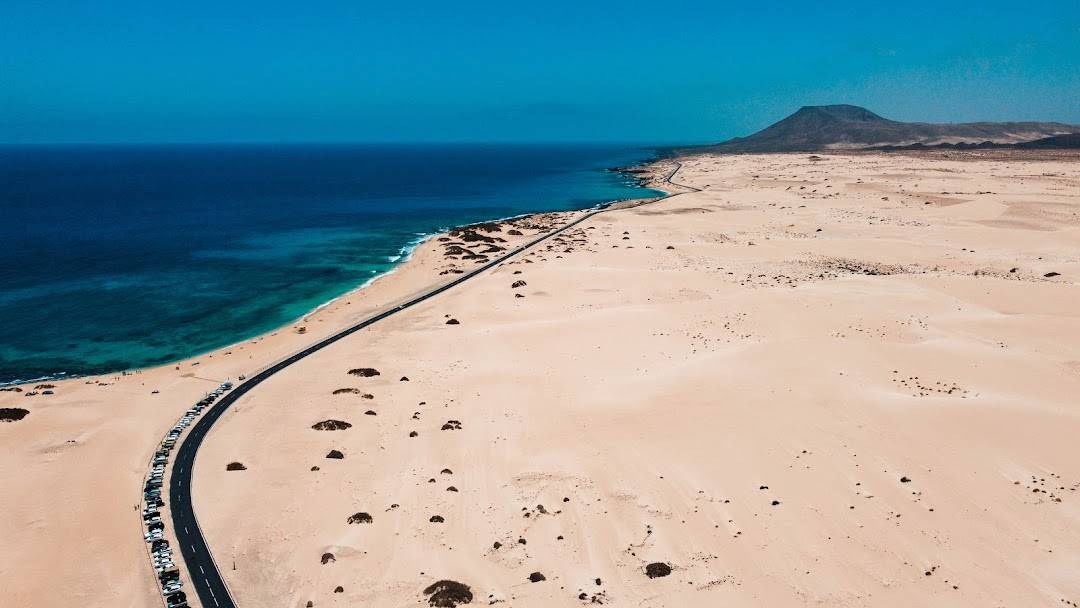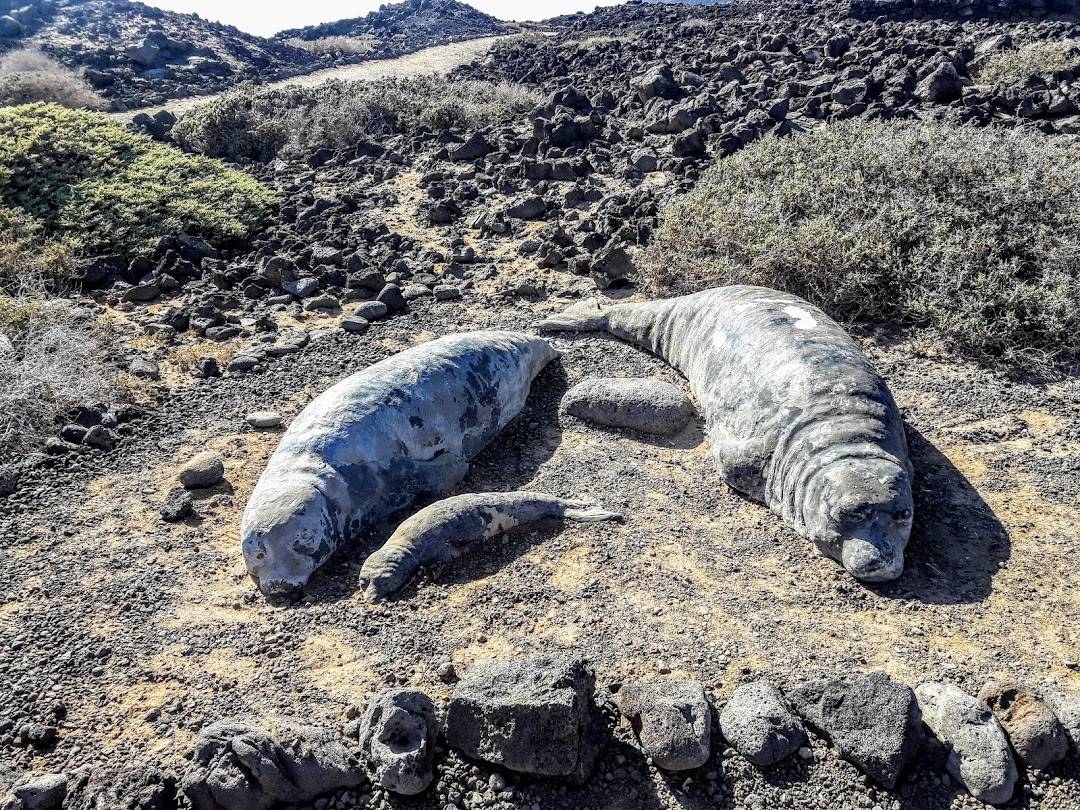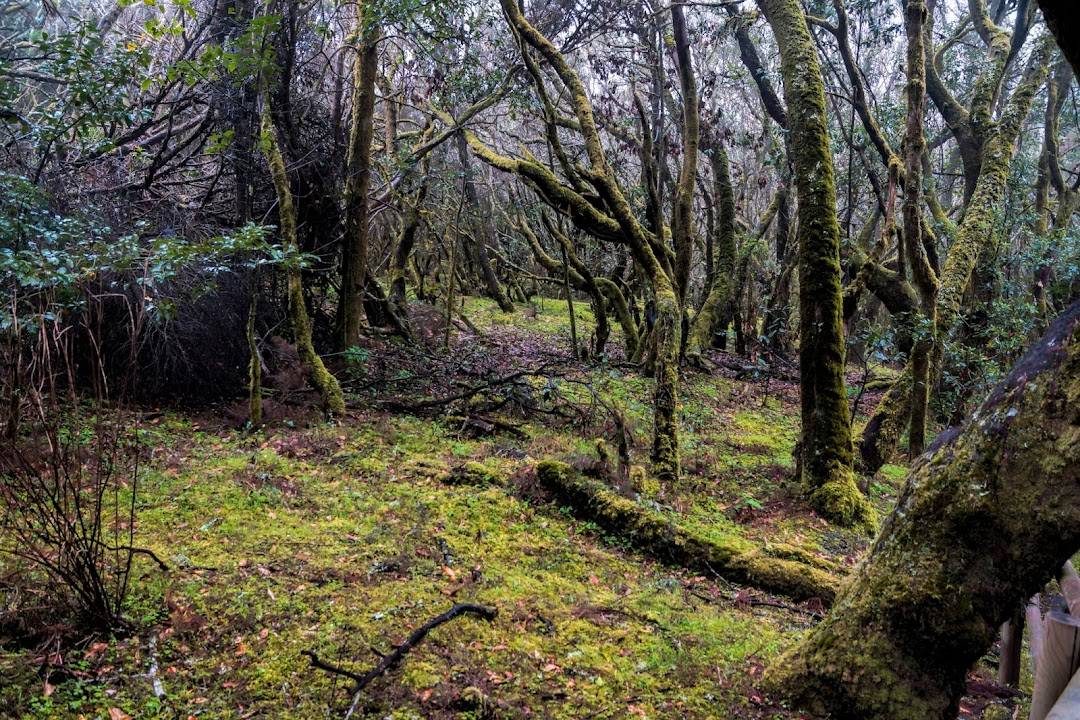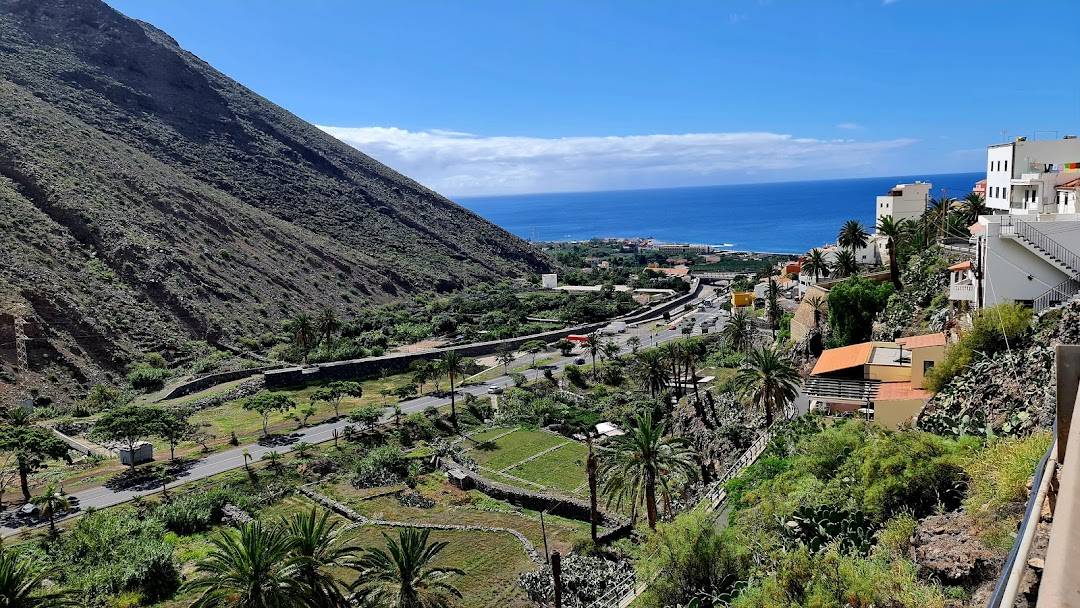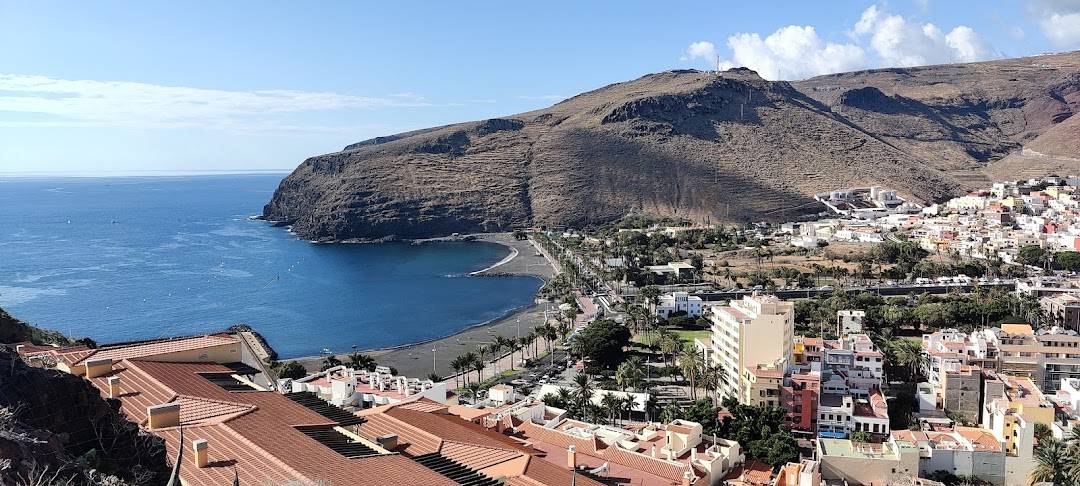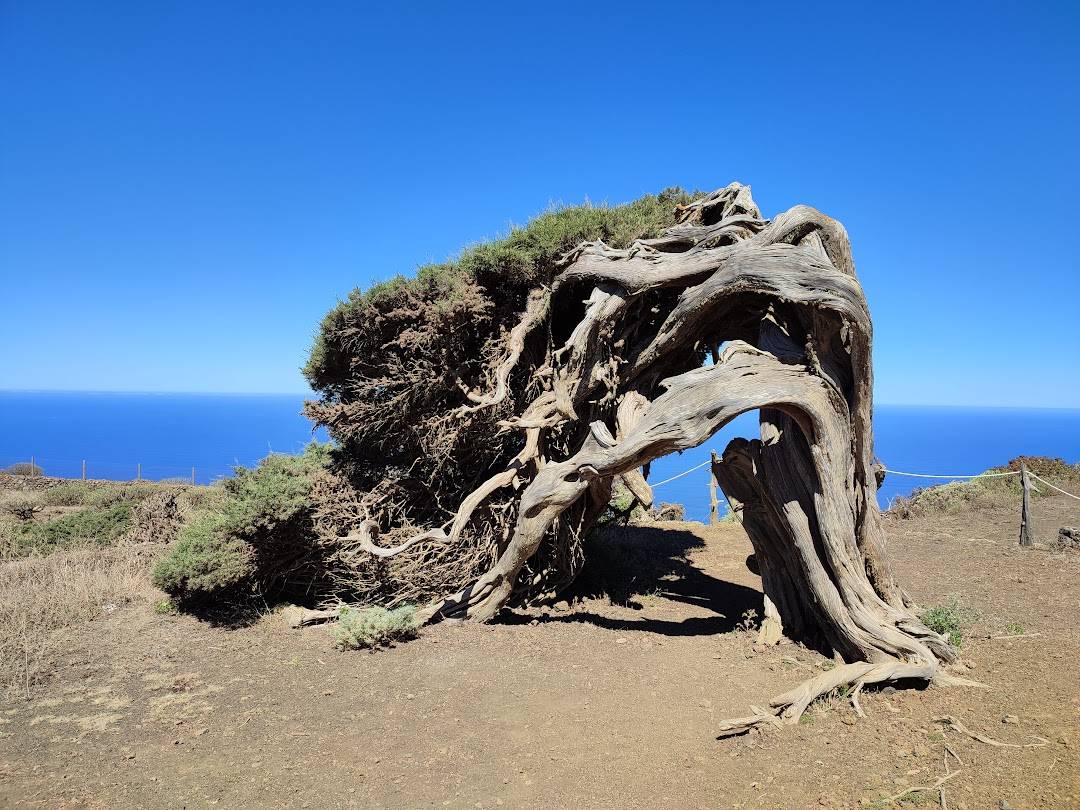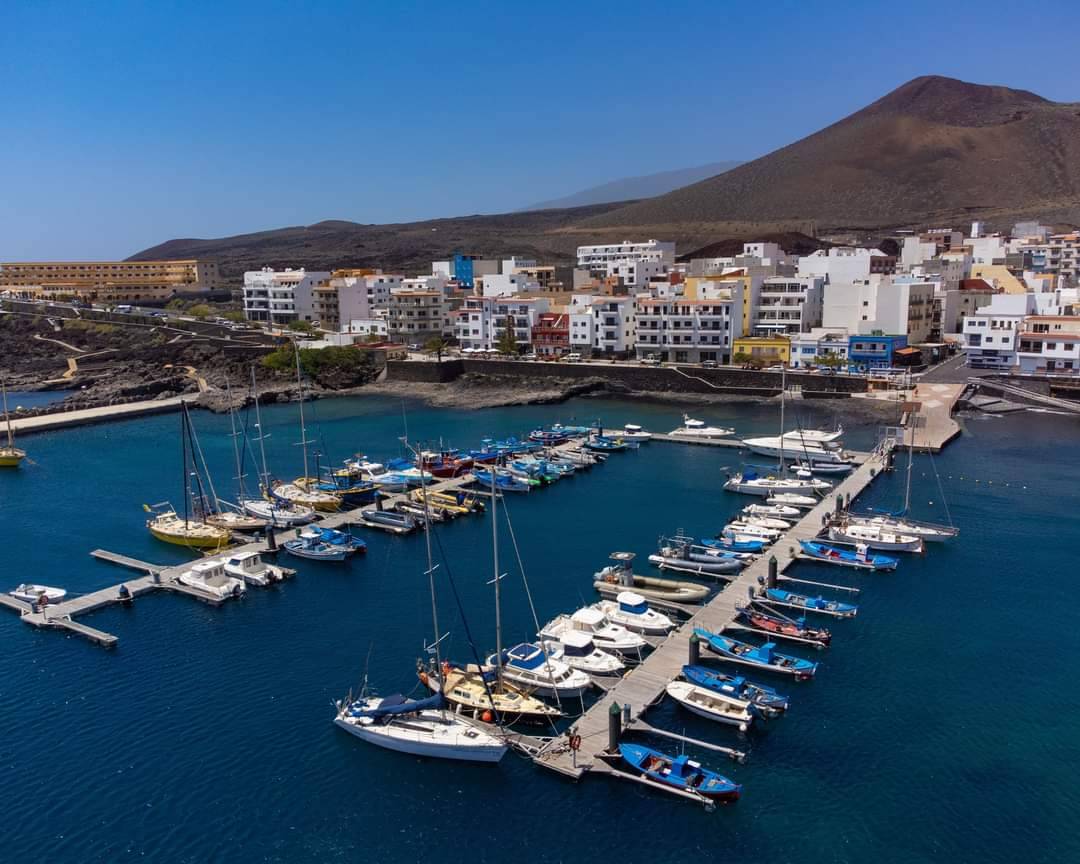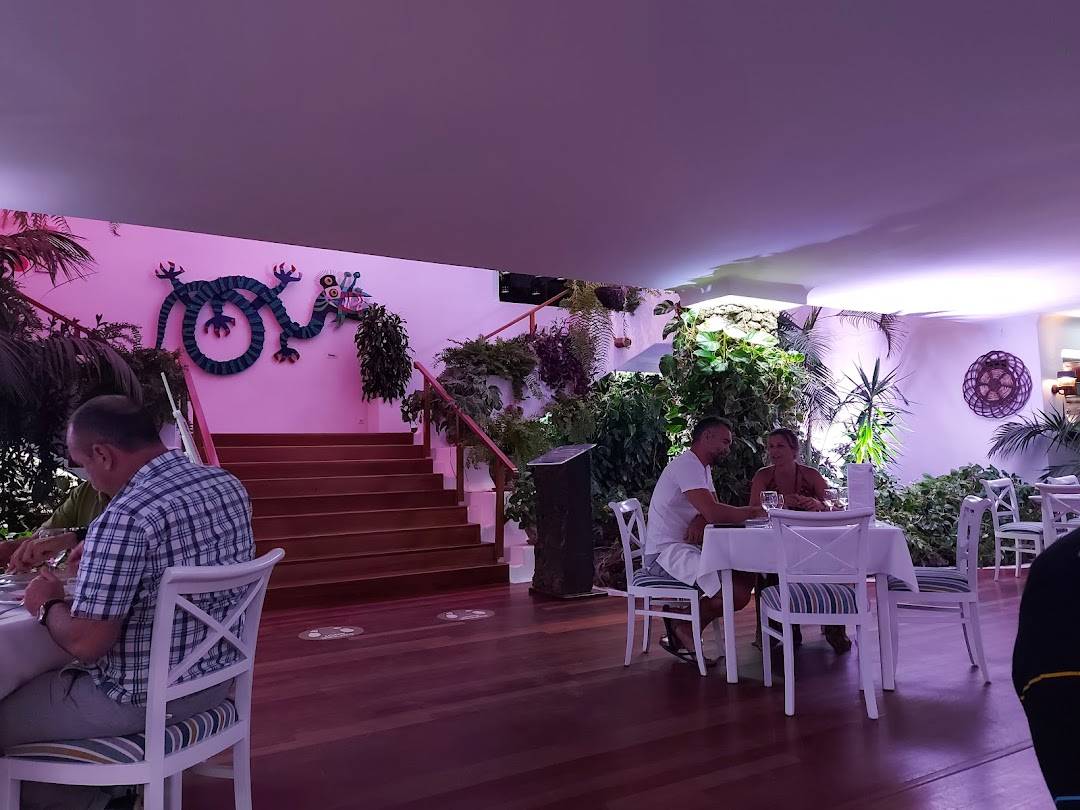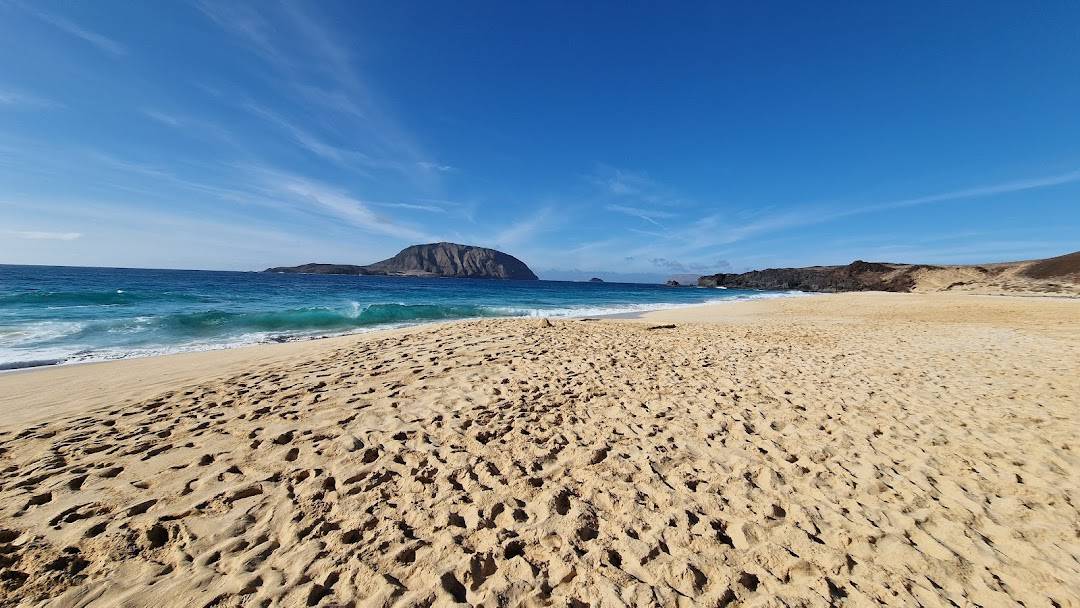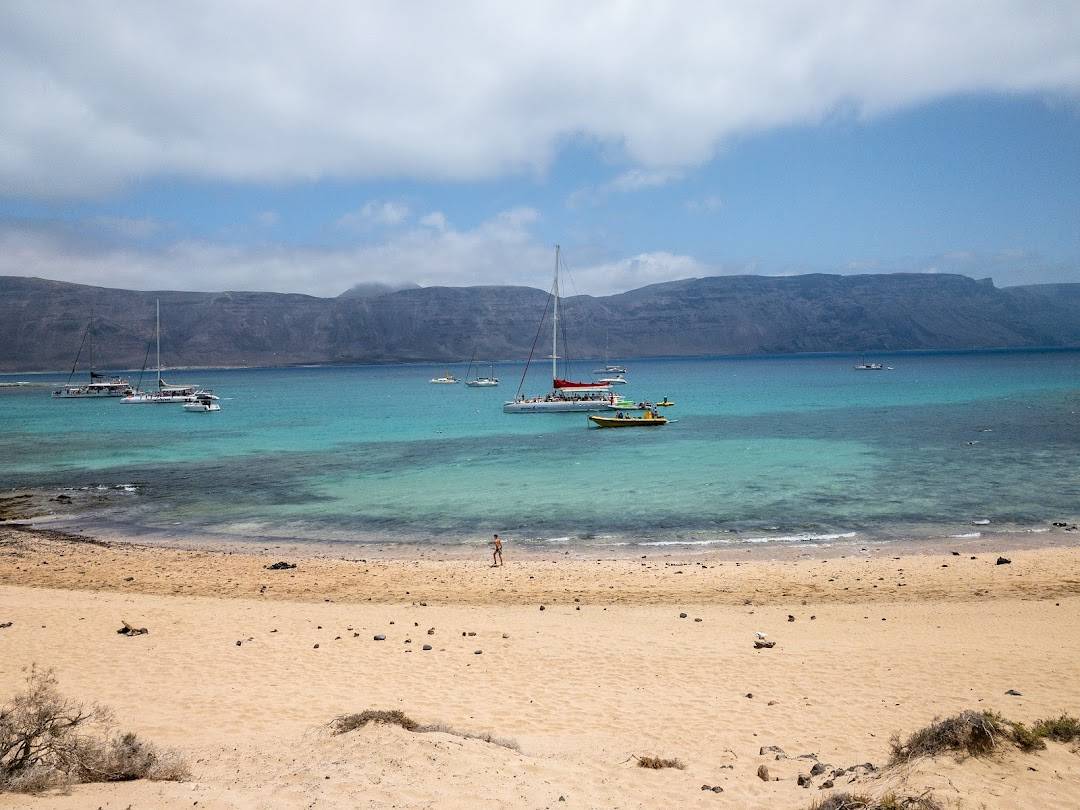Home to Mount Teide, Spain's highest peak and the third highest volcano in the world, this park offers breathtaking landscapes and excellent hiking opportunities.
A popular zoo and marine park featuring a wide variety of animal species, shows, and botanical gardens.
One of the most popular beach destinations.
Another popular beach destination.
A unique natural reserve with expansive sand dunes, located near the town of Maspalomas.
The capital city offers historical sites like Vegueta (the old town), the Casa de Colón museum, and bustling markets.
A striking rock formation offering panoramic views and hiking trails.
Known for its volcanic landscapes and geothermal demonstrations.
A fascinating volcanic cave system that was formed by lava flows.
An art, culture, and tourism center created by artist César Manrique.
Famous for its extensive sand dunes and pristine beaches.
A small island offering excellent snorkeling, diving, and hiking opportunities.
A UNESCO World Heritage site featuring ancient laurel forests and diverse flora and fauna.
A picturesque valley with terraced hillsides and beautiful beaches.
The island's capital, known for its historical sites related to Christopher Columbus.
Known for its twisted and windswept juniper trees.
A small fishing village offering excellent diving spots.
A viewpoint designed by César Manrique, offering stunning views over the island.
One of the most beautiful and tranquil beaches.
Another beautiful and tranquil beach.
